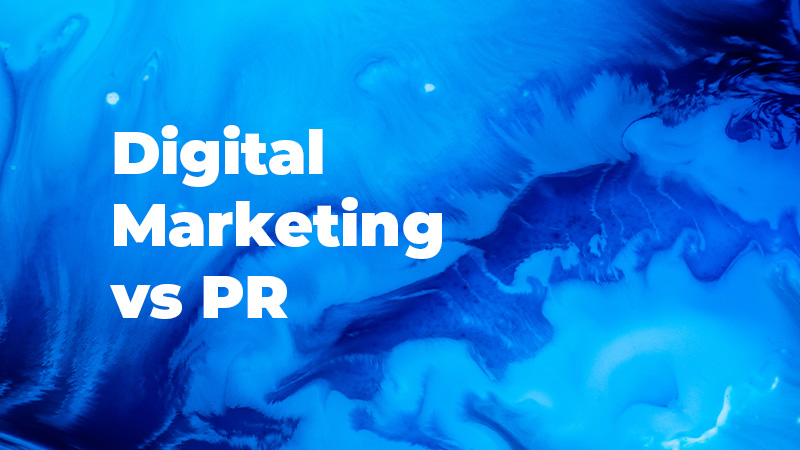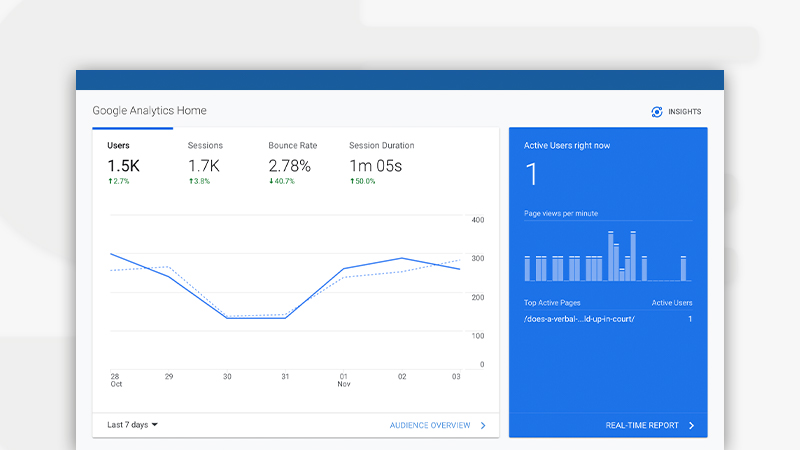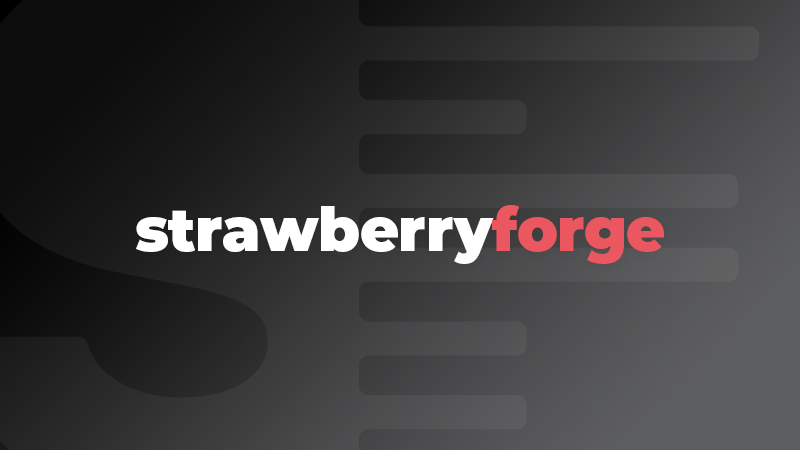We tend to think of making a purchase as a black and white process. Someone looks at a product or service and makes a yes or no decision whether they want to buy it. Right?
Wrong.
In reality, the decision about whether to purchase and who to purchase from begins much earlier. So early in fact, that the person making the decision may not even realise it’s begun.
This is called the buyer’s journey and it plays an integral part in any business growth strategy. What the buyer’s journey does so well illustrates that not all leads are ready to purchase straight away.
Understandably, most businesses are looking for customers today, not tomorrow. Leads that are ready to buy now exist, but are few and far between. These leads are in the decision stage of the buyer’s journey.

As you’ll see from the image above though, before a lead comes to the decision stage, they pass through the awareness and consideration stages.
We’ll be exploring each of these stages in more detail in this article, but for now, let me just say that the reason many businesses struggle to generate customers online is that they fail to cater for the first two stages.
Their sales process is designed to benefit the business by selling as much of a product as possible. Instead, it should be set up to benefit the lead, by providing them with as much value as possible, even before they are ready to buy.
As such, they try to sell to people who are just not ready to buy. They may want to do more research, evaluate competitors or simply need to be convinced of the value of buying.
These leads are often dismissed as not being the right type, but in reality, they’ve just been pitched to soon and discarded. Your ambition should be to nurture these leads with valuable information, so when they are ready to make a purchase, they have already built a strong relationship with your business.
Before we look at each stage individually though, let’s take a quick look at how our buying habits have changed.
A Short History of Buyer Psychology

I’m not a doctor, so I won’t try to give you a medical answer on how buying psychology has changed, but I can give you a marketing perspective.
Before the internet, buying was simple. If you decided you needed to hire a contractor, you’d likely look in the local paper or trade directory, or perhaps come across an advert on the TV or the radio. If you were really lucky, you’d get a recommendation from a friend.
The point is that the avenues for finding a product or service were limited, and there were few factors to base your purchasing decision on.
In that world, the business with the biggest advertising budget won, because they were able to get their brand in front of the most people. If you could afford a larger advert in the paper, you were likely to get more enquiries
This didn’t leave much room for the little guy, but all that changed when the world went online. Suddenly, businesses didn’t live or die on their advertising spend, because there was now unlimited space for free promotion. Anyone could make there own website and this quickly became an affordable option.
The result of this is businesses began to move online and as they did, so to did the process of making a purchase. What I mean by this is that with the internet came a host of new ways buyers could research who they were purchasing from before doing so.
This means that for the first time, buyer’s didn’t have to put any trust in businesses. They could take as long as they wanted to evaluate companies, their prices and their customer feedback before making a decision.
Let’s look at an example.

Bob wants to replace his windows because they are old and letting lots of cold air in.
Because the internet doesn’t exist, he goes to the local trade directory and starts calling contractors. He calls three contractors and each one tells him he needs a different type of window frame, all with different price points.
At this point, Bob has a problem. He’s no expert on windows, so doesn’t have the knowledge required to know which contractor is telling him the right thing. Will the cheapest option deliver the quality he’s looking for? Is the most expensive option just a rip-off?
In the end, Bob’s decision is made by whichever contractor was the best salesman.
Now let’s imagine Bob has the same problem now.
Before he calls anyone, Bob is going to go online and research information about the types of windows out there that suit his price point. He’ll read blogs, watch videos and maybe even ask a question on a forum.
Once he’s done this, he’ll find businesses that can provide the service he’s looking for and compare reviews, see if they’ve been featured in the news and look for customer testimonials.
When doing his research, Bob kept coming back to read the blogs of a particular window supplier. He even downloaded a free eBook on the subject from their website and read some of the emails they sent him with further useful information.
Now Bob is coming to make his purchasing decision, he’s already built a relationship with that supplier, and so while he still gets quotes from a few places, he eventually purchases with them.
This is how the buyer’s journey has changed.
Customers are wise to sales pitches and don’t like to make decisions before they have done their due diligence online.
What’s important to note is that if the supplier Bob eventually purchased with had approached him immediately, they would have lost that sale.
Before the internet, you could back prospect leads against a wall and position them to make a quick decision. Thanks to the internet, that wall no longer exists. Leads can just turn around and walk away.
Okay, let’s leave Bob to his windows and look at the buyer’s journey in more detail.
Stage 1: Awareness

The majority of businesses have a sales process that begins the second someone shows up in their showroom. This is far too late.
Every decision to buy begins much earlier with the realisation that there is a challenge or need to be solved. When a person begins to process this challenge, they enter the awareness stage.
In Bob’s case, his challenge could have been any of the following:
- Am I paying too much to heat my home?
- My windows look a little shabby.
- Where is that draft coming from?
In the awareness stage, we begin to research what the exact challenge we are facing is. This presents a valuable opportunity for businesses. If you can engage with people in the awareness stage, you can facilitate their research tand build a strong relationship with them quickly.
Just be careful not to tell them what their challenge is. If you want them to build trust in your business, they have to feel they are making the decision. If that means they identify a challenge that you can’t solve, so be it. It wouldn’t have been cost-effective to pursue them over a qualified lead anyway.
Instead, you want to provide them with valuable information that will help them determine their challenge. Examples could include:
- An eBook on how to stop houses losing heat.
- A blog on home maintenance.
- An infographic on the top sources of drafts.
Each of these examples provides valuable information that will help someone in the awareness stage identify the challenge they are facing.
This value should be evident in all your marketing, from blogs to emails to social media. If it is, you’ll be able to motivate someone in the awareness stage to download an offer or submit their details via a form on your website. This will make them a lead and allow you to market to them directly and move them through the buyer’s journey quicker.
We have a full blog on how to convert people on your website here.
Stage 2: Consideration
Once someone has consumed enough information on potential challenges to decide on one, their next step is to research potential solutions to their challenge.
At this point, they will enter the consideration stage.
In the case of windows that are letting in cold air, a prospect might look for information on:
- How to reseal windows.
- Whether they can replace the frames but keep the glass.
- Short term fixes they can make to prevent further deterioration.
What you don’t want to do at this point is try to sell them your product. If someone is considering whether a cheap tube of sealant can solve their problem and you blow in there with a £2000 pitch for new windows, you’re unlikely to close that sale.
Like the awareness stage then, focus on creating valuable content that will help them identify the right solution. Examples could include:
- A video on the most common signs of window failure.
- A how-to guide on whether your windows need to be replaced.
- A blog comparing the best DIY window fixes.
As mentioned, you don’t want your consideration content to turn into a sales pitch, so you’ll likely still want to hold back from speaking about your product or business directly.
However, that doesn’t mean you can’t begin to promote the solution you specialise in. If you’re writing a blog on different window solutions, and you specialise in one in particular, give that solution pride of place in your content.
At this point, you may be beginning to wonder how you’re supposed to know all the challenges and solutions that relate to your target market. After all, you don’t want to waste time writing blogs about challenges that don’t relate to your customers.
Identifying your customers’ initial challenges and how they went about identifying a solution comes down to taking the time to get to know your buyers and documenting it.
This is called a buyer persona, and more information about how you can create your own is available here.
Stage 3: Decision

If you’ve catered to the first two stages of the buyer’s journey properly, leads should enter the decision stage of the buyer’s journey having identified two things:
- The challenge they are trying to solve.
- The product or service they need to buy to solve it.
This means two of the hardest parts of your sales process are already accounted for. You shouldn’t have any trouble showing a lead that your product will provide exceptional value to them because they already know it’ll solve their need.
As such, your sales pitch is simplified and can focus on why your business is the best fit for the lead, opposed to a competitor.
Furthermore, if your lead decides to buy new windows and you’ve been providing them with useful information since day one, it’s no surprise that they’re more likely to turn to you.
So far, you’ve held off pitching your product specifically so the information you provide doesn’t sound like a sales pitch, but now you have free reign to do so. Your lead is at the point where they want to buy and so are willing to engage with sales.
A lead entering the decision stage is not a green light for you to call them out of the blue with a quote though. To give you the best possible chance of closing that sale, you want them to come to you.
Imagine it, a business where you can sit back and let leads come to you.
To achieve this dream, you’ll need to continue to provide value for decision stage leads. Here are some examples:
- A free window fitting consultation.
- A blog on how to choose the right window supplier.
- A catalogue of services you provide.
With this content in place, you should be able to give leads all the information they need to decide they want to purchase with you. At that point, all you need to do is confirm the sale.
Setting Up the Buyer’s Journey
Now you know the value of engaging leads and website visitors at all stages of the buyer’s journey and creating a sales funnel that works for them, you just need to implement it.
Book a free Digital Workshop with one of our marketing experts and we’ll help you identify whether your existing marketing and sales funnel is optimised to capture leads from all stages of the buyer’s journey.
Following your workshop, we’ll work with you to develop a strategy for how you can improve your marketing to generate more customers online.







